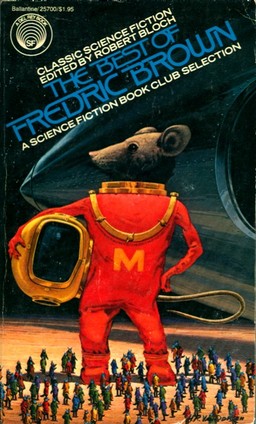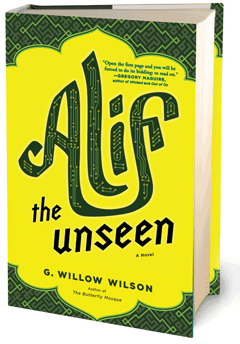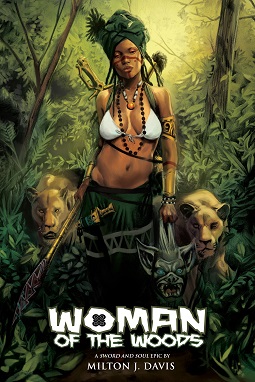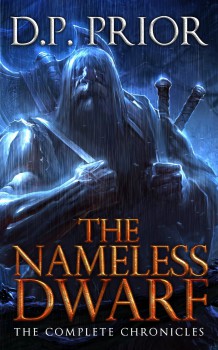Insanity in Pictures
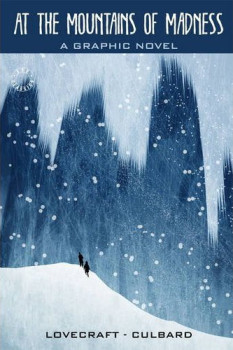 Though I can’t be completely certain, I think the first time I encountered the name of H.P. Lovecraft was sometime during the course of 1980, not long after I’d discovered Dungeons & Dragons. The thin blue rulebook contained inside the Basic Set included a single reference to “Cthulhu” as a deity alongside Crom and Zeus (two names I already knew). Back in those days, hobby shops were ground zero for the burgeoning roleplaying hobby. Bearded wargamers, nerdy college kids, heavy metal-loving teens, and fantasy fans of all sorts rubbed shoulders in these peculiar little stores, swapping stories of their characters and campaigns, as well as holding forth on a variety of topics. To a young person such as myself, hobby shops were amazing places filled with amazing people, whose company I sought out as often as I could.
Though I can’t be completely certain, I think the first time I encountered the name of H.P. Lovecraft was sometime during the course of 1980, not long after I’d discovered Dungeons & Dragons. The thin blue rulebook contained inside the Basic Set included a single reference to “Cthulhu” as a deity alongside Crom and Zeus (two names I already knew). Back in those days, hobby shops were ground zero for the burgeoning roleplaying hobby. Bearded wargamers, nerdy college kids, heavy metal-loving teens, and fantasy fans of all sorts rubbed shoulders in these peculiar little stores, swapping stories of their characters and campaigns, as well as holding forth on a variety of topics. To a young person such as myself, hobby shops were amazing places filled with amazing people, whose company I sought out as often as I could.
There was a strange camaraderie among the hobby shops’ patrons – or so it seemed to me anyway. We were all a little strange by the standards of the time, taking interest in things that were still many years from mainstream recognition, let alone acceptance. Consequently, the usual distinctions of age didn’t matter much and I regularly found myself chatting with people years older than myself about gaming and fantasy and science fiction. I can’t begin to convey what a big deal this was to me. I was a shy, bookish sort and didn’t make friends easily, yet here I was gabbing with teenagers and university students as if we were old comrades.
That’s when I heard someone mention Cthulhu again and, callow youth that I was, asked just who (or what) Cthulhu was. Little did I know that that innocent question would lead to a lifelong interest in the life and works of H.P. Lovecraft.
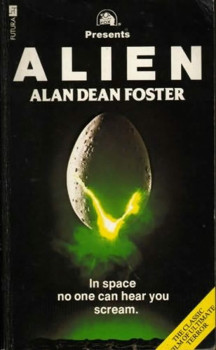

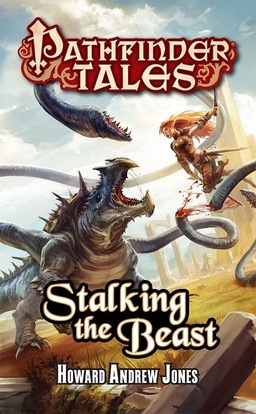
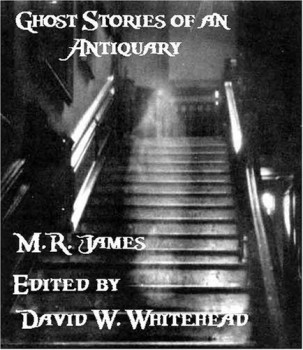
 This summer,
This summer, 